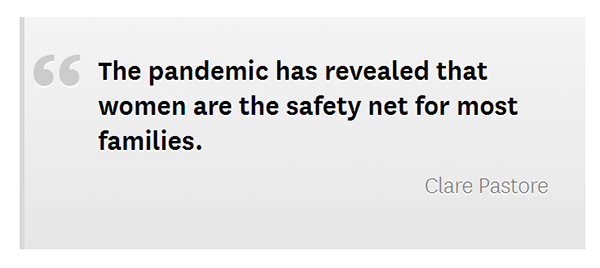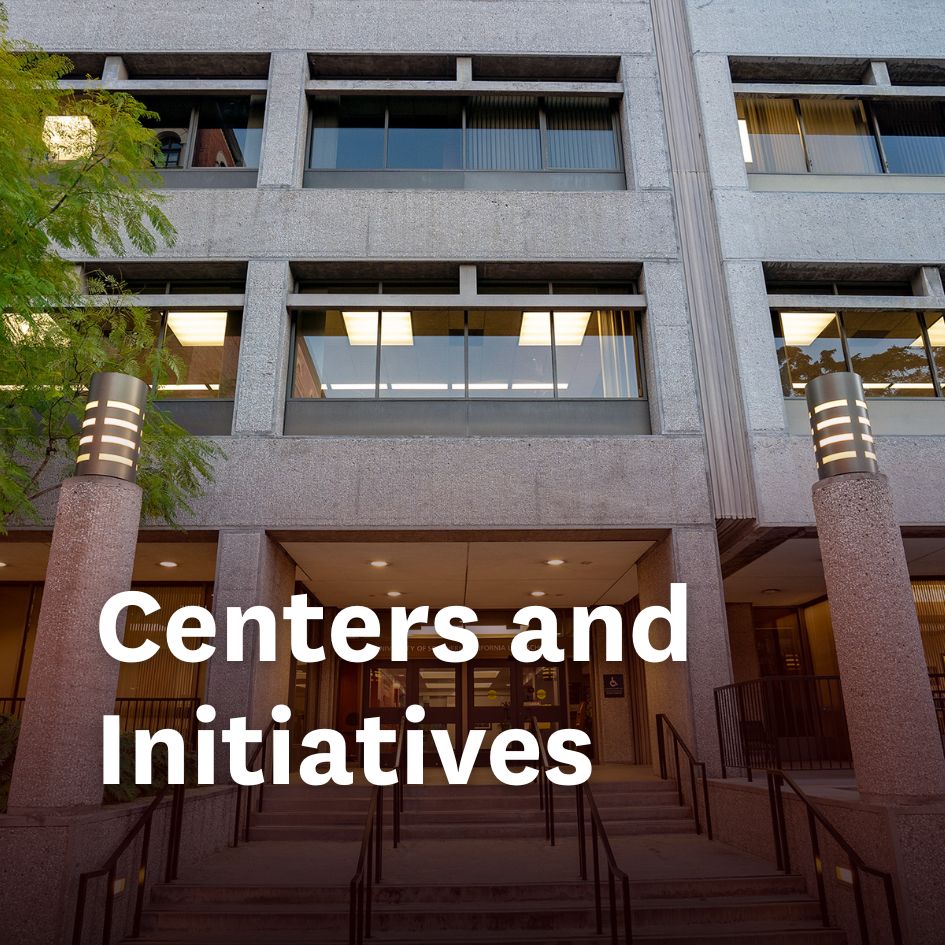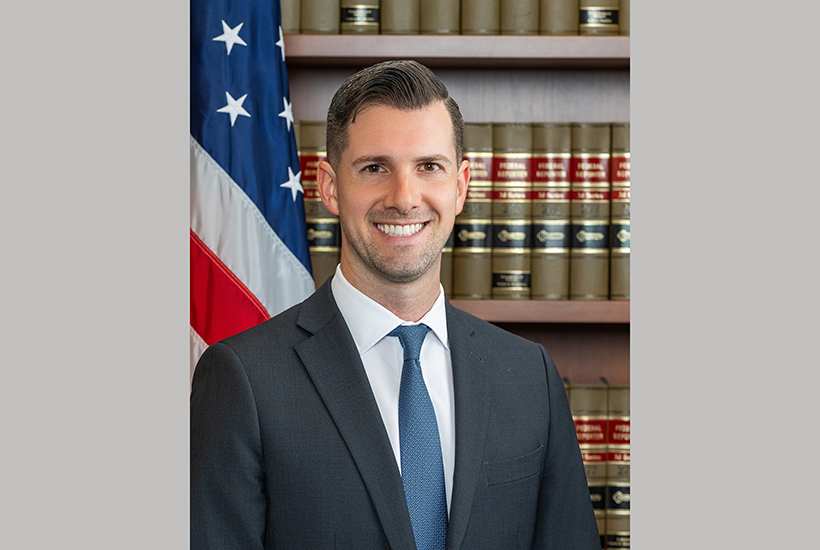Hundreds of thousands of women have left the workforce. Many kids continue to lack the resources for distance learning. USC experts, including Gould Prof. Clare Pastore, outline the problems exposed by COVID-19 and propose long-term solutions.
By Jenesse Miller
 |
| Prof. Clare Pastore |
Now, 12 months later, experts from across USC, including Gould School of Law Prof. Clare Pastore, reflect on the loss of 2.5 million women from the U.S. workforce, the disruption to children’s education and what the nation must do to get families back on track.
What’s at stake: The post-pandemic future of women in the workforce
“Women carry an increasingly heavier load than men when it comes to providing child care and educational support for their children during this pandemic, even while working,” said María Prados, a research scientist at USC Dornsife’s Center for Economic and Social Research.
Increased and prolonged child care responsibilities may make it even harder for women to recover from employment lost during the COVID-19 pandemic, she said.
Prados is one of several USC researchers who have been analyzing gender differences in the impact of the COVID-19 pandemic since it began, using data from the Understanding America Study. Their analysis showed the percentage of working moms who have sole responsibility for providing child care and help with schoolwork increased from 33% to 45% between May and October 2020.
At the same time, Prados said, women have lost jobs at a higher rate than men during the pandemic and almost twice as many women as men remain without a job. According to the latest national jobs reports, Black and Hispanic women have higher rates of unemployment than white women and saw the largest drops in labor force participation since the beginning of the pandemic.
The ‘implosion’ of child care and early education
Affordable child care access is the most pressing issue facing families right now, said Dorian Traube, an associate professor at the USC Suzanne Dworak-Peck School of Social Work and expert on early childhood education and development
“Since the start of COVID-19, 865,000 women have left the workforce because they cannot find or afford child care,” she said. “Furthermore, the vast majority of early care providers are women, and that workforce has also shrunk.”
Traube said early childhood care providers are facing a 47% increase in operating costs during the pandemic, despite the fact that enrollment is down.
“This is unsustainable, and we are on the precipice of a total implosion of the early childhood care sector,” she warned. “This is fueled by the American idea that child care and early education are two separate topics when in fact, child care is early education.”
America needs to repair its social safety net
 The required long-term solutions extend beyond child care and education, said Pastore, a professor of the practice of law at the USC Gould School of Law.
The required long-term solutions extend beyond child care and education, said Pastore, a professor of the practice of law at the USC Gould School of Law. “We desperately need to overhaul and repair the safety net for low-income families,” said Pastore, an expert on poverty, social welfare programs and civil rights.
“The pandemic has revealed that women are the safety net for most families, but we need a more workable unemployment benefits system, paid family leave and paid sick days.”
Help for many of the hardest-hit Americans is on the way. This week, President Joe Biden signed into law a $1.9 trillion coronavirus relief package. The bill includes direct payments, extended unemployment benefits and an expanded child tax credit, and also allocates billions of dollars to schools. One analysis predicted it would cut child poverty in the U.S. by half.
“[The law] is a major step in U.S. welfare policy — though not a permanent change, as written in the bill — which is likely to have the most significant effect in reducing child poverty that we have seen in generations,” Pastore said.
Remote learning again exposed the digital divide
 Along with moms, kids have suffered during the long year of lockdowns and remote schooling.
Along with moms, kids have suffered during the long year of lockdowns and remote schooling. “The pandemic has shown us that education is not a product that can be packaged and delivered,” said Stephen Aguilar, an assistant professor at USC Rossier. “It requires a network of physical resources and human capital to be equitably deployed.
“We cannot simply give teachers and students technologies like Zoom and assume that things will work themselves out. Ongoing support and training is necessary.”
Aguilar and Hernan Galperin, an associate professor at the USC Annenberg School for Communication and Journalism, authored the recent report “When school comes home: How low-income families are adapting to distance learning.” It documented the multiple challenges of remote learning for low-income, minority families whose children are enrolled in Los Angeles public schools.
“When the pandemic began, we shifted toward emergency distance learning. A year later, it is tempting to simply use the term ‘distance learning’ as though we have figured it out. We haven’t,” Aguilar said.
“For many low-income families, the emergency has not abated. It is still acutely being felt.”
The pandemic exposed deep inequalities in access to technology resources among K-12 families, Galperin said, and not just in terms of internet service and devices “but also the ability to help a child who may struggle to connect to Zoom, to check an assignment online or to simply communicate with teachers.”
“Many school districts have stepped up to provide devices and wireless hotspots, and the federal government has now made an emergency broadband subsidy available to low-income families,” he added.
“But many of these programs are temporary fixes. We need long-term solutions to close this divide once and for all.”
Kids transitioning back to school will need mental health services — and moms may need them, too
“We are facing an impending mental health crisis in our school children,” said Marian Williams, a psychologist specializing in early childhood mental health and an associate professor of clinical pediatrics at the Keck School of Medicine of USC.
“Children will need help to cope with their grief regarding family members who have been sick or passed away; feelings of disconnection from their peers together with anxiety about trying to rebuild friendship groups; and gaps in learning that have occurred.”
“School mental health professionals need the tools, training and support to be able to help young people virtually and to prepare for the challenges they will face as they transition back to in-person school,” she added.
Psychological stress has also disproportionately impacted women with children during the past year. Prados and her colleagues found the pandemic has been associated with even greater feelings of anxiety and depression among women with children. Mothers reported a huge spike in psychological distress in early April 2020, compared to men and to women without kids. While those levels of distress have been reduced, one-third of women (with and without kids) reported experiencing psychological distress in November 2020, compared to 1 in 5 men.
What needs to happen for women, children and families post-pandemic?
“At a most fundamental level, families need a sense of security and safety,” said Gayla Margolin, a professor of psychology at USC Dornsife whose research identifies how family relationships can be sources of both risk and resilience for children and young adults.
“We need to prioritize ending food insecurity and homelessness and making sure families have access to health care and educational opportunities,” she said.
“As new employment opportunities emerge post-pandemic, we need policies that provide retraining for new jobs and programs that make child care more accessible.”

















